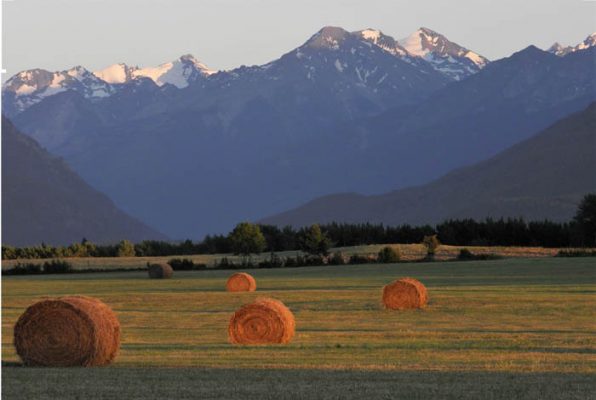
by MONICA MARCU
When was the last time you heard somebody prompting us to protect our soil?
Everyone has heard about protection of water, climate and forests, but what about our life-sustaining dirt?
Sadly, many think of it as just “dirt”, but without it the food we eat — and in turn, humanity — would not exist. In most countries soil is not protected, despite the fact that it is a strategic resource, it ensures food security, biodiversity and climate regulation.
95 per cent of all human food calories come from the soil, according to the Food and Agriculture Organization (FAO), but most of the world’s soil quality is getting worse.
Media in the UK has recently reported its soil will only be able to support 100 more harvests, and that during the last 100 years or so, more than one-third of the world’s topsoil has been degraded mostly due to intensive, industrial agriculture, deforestation with its climate consequences and floods, etc.
If the current trend continues, all of the world’s topsoil could be lost within 60 years.
But it has already started in many countries — there is a link between migration, climate change and soil degradation, and some people have left their homes because the poor quality of their soils and lack of food. Soil contains organic matter, minerals, and numerous organisms — a rich biodiversity assures the continuity of soil as a self-sustainable ecosystem.
In fact, soil hosts more than 25 per cent of all biodiversity on Earth, according to the FAO, and if the soil is destroyed, it takes 1,000 years to generate just three centimeters of fertile topsoil.
It is estimated now that 10-20 per cent of land is already in poor shape, while over half of agricultural soil worldwide is moderately or severely degraded and cannot sustain a rich biodiversity or healthy crops.
What are the main factors causing the degradation of good, fertile soil?
For the most part, synthetic pesticides and man-made chemical fertilisers simply kill the life in the soil: many bacteria, fungi, beneficial insects, and other microorganisms interdependent and interconnected with each other within the soil ecosystem.
Plants depend on healthy soil and all this living matter, so when the system is disrupted and many forms of life perish, plants are certainly affected. Some simply cannot grow any longer, while others become dependent on those “nutrients” added by farmers employing industrial agriculture. Trapped in a vicious circle, these farmers are forced to use ever more chemicals, more expensive fertilizers in order to keep up production, while ruining their very main treasure: the living soil and its biodiversity.
95 per cent of all human food calories come from the soil, according to the Food and Agriculture Organization (FAO), but most of the world’s soil quality is getting worse
Not coincidentally, there is a decrease in the quality of their crops of all sorts. While the plants might look fine from outside, the content of nutrients is well below what it should be.
Indeed, scientific studies show there is a sharp decline in the nutritional value of food in US and EU during the last 70 years, since the “green revolution” has started. The nutritional value of vegetables between 1940 and 2000 shows clear continuous nutrient loss.
For instance, potatoes contain approximately five per cent less calcium and 45 per cent less iron, onions have 75 per cent less calcium, carrots have 75 per cent less magnesium, while cabbage has 70 per cent less iron. All of these variant numbers are dependent on the soil tested.
Within the last 70 years median declines of five to 40 per cent are noticed in minerals, vitamins, proteins in most foods, especially in vegetables and fruits. These numbers do not bode well for the consumers. The soil health is our health after all.
It should be no surprise then, when medical tests show most of us do not meet the necessary levels of micronutrients in our blood. This translates into a dysfunctional body, a poor immune system and high risk of many health problems.
The solution is clear though, no matter how painful for the industry: it is only organically cultivated soil that can maintain its quality — rich in nutritive matter, minerals, phytonutrients, healthy ecosystem that regenerate the soil — for generations, probably in perpetuity.
A healthy, well-balanced soil supports and boosts plants’ immunity and development, thus contributing to higher nutrient levels in organic foods. Recent research confirmed organic foods contain higher concentrations of antioxidants than conventionally grown plants. If we truly want to continue farming and survive, we need to protect our soil by transitioning from intensive, industrial agriculture to the time-tested, organic methods.
Better soil means better health for us and all animals.



